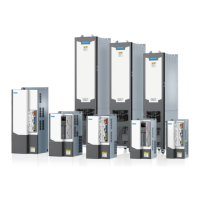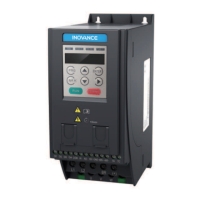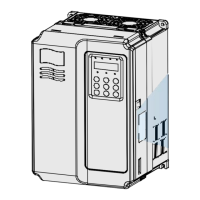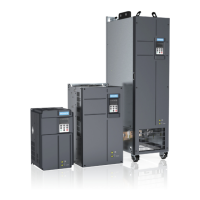CANopen and CANlink Communication
‑37‑
3 CANopen and CANlink Communication
3.1 Protocol Description
The CANopen communication protocol is an international general standard protocol.
The CANlink communication protocol is a special protocol based on the CAN bus
application and independently developed by Inovance. This protocol can be only
used for communication with Inovance's PLCs such as H2U, H3U, and H5U.
Communication Model
CANopen is an application layer protocol of network transmission system based on
the CAN serial bus. The CAN bus follows an ISO/OSI standard model. This protocol
defines the data link layer and a part of the physical layer in the OSI model. CANopen
supports the multi‑master mode, in which any node in the network can send a
message to other nodes. Network nodes are classified with different priorities based
on the system real‑time requirements, reducing the bus arbitration time in case of a
transmission collision. In a CAN network, the traditional address coding is replaced by
communication data block coding. Theoretically, with data block coding, the number
of nodes in the network is unlimited, and different nodes can receive the same data at
the same time. This coding mode also features few transmission bytes, fast speed,
good fault tolerance, and reliable data transmission, making it suitable for industrial
control and distributed real‑time control. The following figure shows a CANopen
device model.
Figure 3‑1 CANopen communication model
The following describes the object dictionary, common communication objects, and
CANopen packet format in the CANopen communication model.
Protocol Feature
CANopen supports six protocols as follows:
● Supports the NodeGuard protocol. The master uses this function to query device
status.
● Supports the Heartbeat protocol. The slave regularly reports the current status to
the master.
● For SDO, CANopen supports only the acceleration transmission mechanism. One
parameter or one object dictionary is transmitted a time.
● Supports four TPDOs and four RPDOs.

